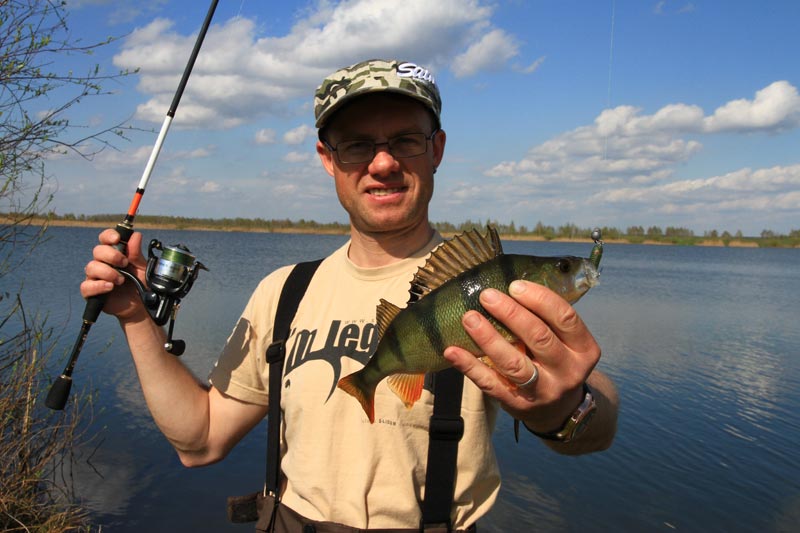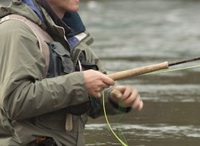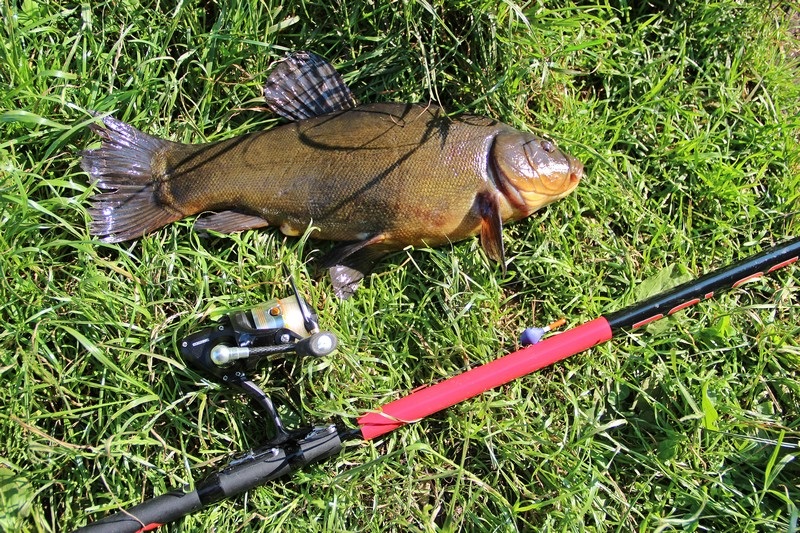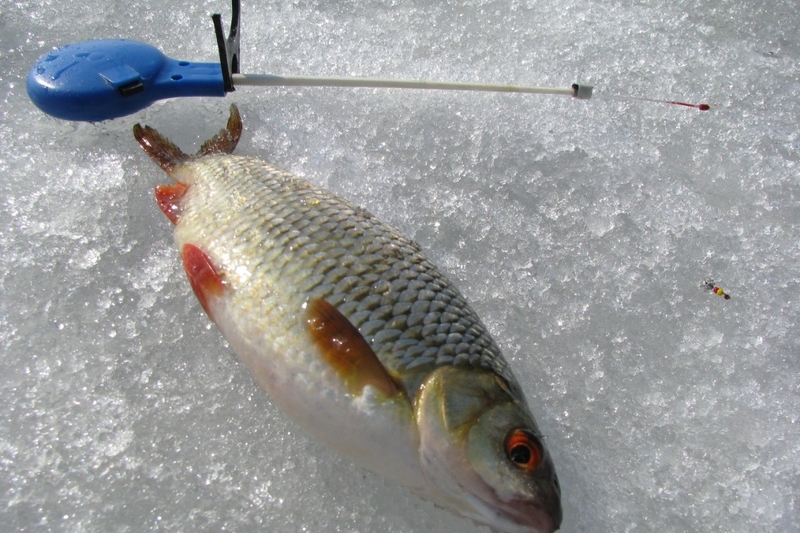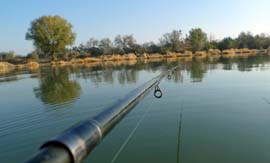Nature and types of water bodies in central Sweden
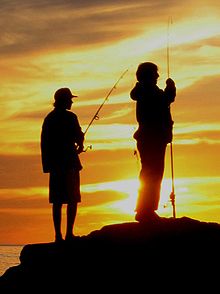 The central part of the country consists mainly of forests and agricultural areas. Most of the territory is a plain, in particular in the region of the largest lakes of the country – Vänern, Vättern, Elmarin and Mälaren. Then the nature gradually changes, and the plain gives way to the forest. The whole of central Sweden is distinguished by a great diversity of nature and water bodies, which guarantees successful, diverse fishing.
The central part of the country consists mainly of forests and agricultural areas. Most of the territory is a plain, in particular in the region of the largest lakes of the country – Vänern, Vättern, Elmarin and Mälaren. Then the nature gradually changes, and the plain gives way to the forest. The whole of central Sweden is distinguished by a great diversity of nature and water bodies, which guarantees successful, diverse fishing.
In the large lakes of central Sweden – Mälaren, Elmarin, Vättern, Vänern – allowed
fishing sports methods.
Characteristics of reservoirs
Central Sweden has it all: from many thousands of small forest lakes to countless large and small nutrient-rich plain lakes.
Large rivers Clarelven and Dahalven flow through central Sweden, on the border of central and northern Sweden the Jusnan river flows. Dahlälven flows from northwest to southeast and flows into the Baltic Sea about 150 kilometers north of Stockholm. Continue reading
Portable chairs for fishing
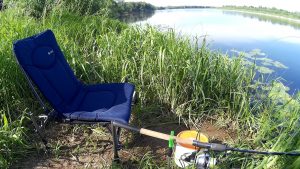 Morning dawn on the river bank. The sun is still only marked by a soft pink border in the east. Not a single whiff of breeze disturbs willow branches and motionless reeds that bow down to the water. A light mist rises above the water, you can see how the water striders are sweeping back and forth. Today is fishing. You can forget about all your worries, troubles and troubles. Today is a rest.
Morning dawn on the river bank. The sun is still only marked by a soft pink border in the east. Not a single whiff of breeze disturbs willow branches and motionless reeds that bow down to the water. A light mist rises above the water, you can see how the water striders are sweeping back and forth. Today is fishing. You can forget about all your worries, troubles and troubles. Today is a rest.
Nowadays you rarely meet a person who would refuse to leave a stuffy apartment and spend the weekend somewhere on the shore of the reservoir. And how nice it is to fish the fish, cook the fish soup, or just swim and sunbathe, with the family, or with friends. Continue reading
Fishing
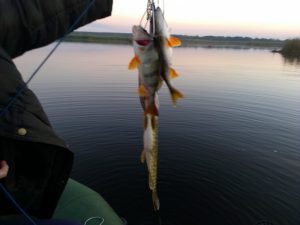 With the advent of summer, what does a real man need? Of course, fishing! Only she can bring real pleasure after a whole year of hard work. Since most people go on vacation in summer, it is at this time that you can see the river, seeded with rubber boats that sway freely on the waves.
With the advent of summer, what does a real man need? Of course, fishing! Only she can bring real pleasure after a whole year of hard work. Since most people go on vacation in summer, it is at this time that you can see the river, seeded with rubber boats that sway freely on the waves.
Fish – being unpredictable. In one day you can catch a whole bucket, and in another go empty-handed. So how do you determine when and where to go with a fishing rod? Any lake that has looked at you or a river can become a place. Continue reading
As fishing in the wiring for bream turned into a hunt
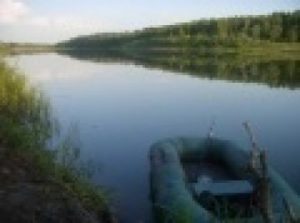 It was in July. My friend and I decided to go to the river for bream. We got up early, about three o’clock, took the boat and went fishing. Since they were going to catch on the stream, they gathered the floor of a bucket of chernozem (so that the bait was washed out longer). As bait, we used a makuha, boiled peas and barley. They were going to catch on pearl barley, moldy worm, worm and protein honey mastyrka. We went out into the water in the dark, became about five meters upstream from the supposed pit, put on a dozen medium-sized balls from bait and threw them so that, on the stream created, the float floated as accurately as possible. They laid out their six-meter carbon fiber rods (you need to enjoy fishing, not to think about when you can put the rod and rest), but they didn’t catch it right away. As a rule, right after bait, usually small fish fits – roach, buster, bleak, etc. Continue reading
It was in July. My friend and I decided to go to the river for bream. We got up early, about three o’clock, took the boat and went fishing. Since they were going to catch on the stream, they gathered the floor of a bucket of chernozem (so that the bait was washed out longer). As bait, we used a makuha, boiled peas and barley. They were going to catch on pearl barley, moldy worm, worm and protein honey mastyrka. We went out into the water in the dark, became about five meters upstream from the supposed pit, put on a dozen medium-sized balls from bait and threw them so that, on the stream created, the float floated as accurately as possible. They laid out their six-meter carbon fiber rods (you need to enjoy fishing, not to think about when you can put the rod and rest), but they didn’t catch it right away. As a rule, right after bait, usually small fish fits – roach, buster, bleak, etc. Continue reading
Summer bream fishing
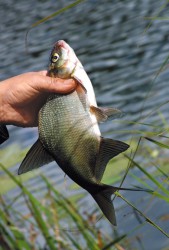 Summer bream angling in non-flowing and flowing water bodies is quite different from each other. Say, in the river, in the daytime, he tries to stick to one section, while in the lake or in the reservoir one can observe his active movement. In the morning and evening feeding bream prefers to appear in shallow areas, while closer to noon he likes the deep-water areas more. In the case of a sharp change in the weather, he generally falls into the pits.
Summer bream angling in non-flowing and flowing water bodies is quite different from each other. Say, in the river, in the daytime, he tries to stick to one section, while in the lake or in the reservoir one can observe his active movement. In the morning and evening feeding bream prefers to appear in shallow areas, while closer to noon he likes the deep-water areas more. In the case of a sharp change in the weather, he generally falls into the pits.
Choosing a place for future fishing, it should be remembered that the bream prefers to feed near the ravines close to the shore. The most intense seasons of the bream are the first two summer months: June and July. True, much depends on the climate of the region. Morning and evening dawn, as well as night are considered to be the best time to go. At this time, the fish comes closest to the shore. Continue reading
